Top 20 Invasive Plants of the East Bay
Developed by the East Bay Chapter of the California Native Plant Society and
the California Invasive Plant Council
What is an invasive plant?
Two things make a plant invasive:
- The plant is not native to the area in question (the East Bay, for instance)
- The plant causes ecological damage in the area in question
Non-native plants
Non-native plants are plants that have been introduced to an area through human action. Non-native plants can be introduced both intentionally and accidentally. One of the most common ways non-native plants are introduced into the East Bay and other parts of California is through the nursery trade.
Why do some non-native plants become invasive?
Non-natives that become invasive typically come from other parts of the world with climates similar to California’s, which allows them to flourish here. At the same time, the predators and diseases that control these plants in their native homes are absent in California. These two circumstances allow the plants to flourish here, spreading widely and rapidly. (It’s important to realize that only a very small fraction of the non-native plants in California cause ecological damage, and are therefore considered invasive.)
Ecological damage
Non-native plants that escape their designated role (as crops, in the garden, etc.) and spread through wildlands often have serious ecological consequences, including:
- Pushing out native plants
- Reducing or destroying habitat for wildlife
- Harming threatened and endangered species
- Increasing fire hazards
- Reducing water availability
Invasive Plants and Gardeners
Hundreds of beautiful, non-native plants are for sale in nurseries around the East Bay. A handful of these plants have proven to be invasive by escaping gardens, spreading in wildlands, and causing the kinds of damage listed above.
It is increasingly important that gardeners in the East Bay and other parts of California learn which plants are a problem in their area and avoid planting them. It is also important that concerned citizens take advantage of their role as customers and help encourage retail nurseries to stop selling these plants. The list of the 20 worst invasive plants in the East Bay on the back of this flyer identifies which plants are readily available for sale.
Other precautions gardeners can take to prevent further escape of these invaders include:
- Never dispose of garden waste in natural areas or in areas near wildlands.
- Remove invasive plants already present in gardens and dispose of them safely.
- Never move plant material from one place to another in wildlands, even over short distances.
- Participate in one of the numerous volunteer days organized by local agencies and land managers. These events offer a chance to spend a day outside removing invasive plants from wildlands. You’ll learn more about which plants are invasive and what our wildlands should look like naturally, and you’ll get your exercise.
| Common Name | Latin Name | Areas Found | In nursuries? |
|---|---|---|---|
| French broom | Genista monspessulana | Widespread: grasslands, woodlands, shrublands, coastal plains, mountain slopes | Yes |
| yellow starthistle | Centaurea solstitialis | Widespread: grasslands | No |
| English and Algerian ivy | Hedera helix and H. canariensis | shaded woodlands, riparian areas* | Yes |
| Cape ivy (aka German ivy) | Delairea odorata (aka Senecio mikanioides) | riparian areas, coastal scrub | Occasionally |
| Stebbins grass (aka ehrharta, panic veldt grass) | Ehrharta erecta | woodlands | No |
| Himalayan blackberry (the native blackberry looks similar but behaves differently) | Rubus discolor | riparian areas, woodlands | Yes |
| Bermuda buttercup | Oxalis pes-caprae | open woodlands, grasslands | Unknown |
| periwinkle | Vinca major | shaded woodlands, riparian areas | Yes |
| perennial pepperweed | Lepidium latifolium | marshlands | No |
| poison hemlock | Conium maculatum | moist sites, riparian areas, wetlands | No |
| pampasgrass (and jubatagrass) | Cortaderia selloana (and C. jubata) | Widespread: coastal bluffs, coastal scrub, open sites | C. selloana-Yes; C. jubata-Rarely |
| artichoke thistle (aka cardoon) | Cynara cardunculus | grasslands | No |
| annual ryegrass | Lolium multiflorum | Widespread: grasslands | Rarely |
| blue gum eucalyptus | Eucalyptus globulus | Widespread: grasslands, shrublands, woodlands | Yes |
| Eastern cordgrass (aka smooth cordgrass) | Spartina alterniflora | mudflats and saltmarsh in the SF Bay | No |
| giant reed | Arundo donax | Widespread: riparian areas | Rarely |
| Italian thistle | Carduus pycnocephalus | Widespread: grasslands, woodlands | No |
| wild oats | Avena species | Widespread: grasslands | No |
| ripgut brome | Bromus diandrus | Widespread: grasslands | No |
| kikuyu grass | Pennisetum clandestinum | grasslands | Unknown |
The term riparian areas refers to stream or river banks and the area immediately surrounding them

